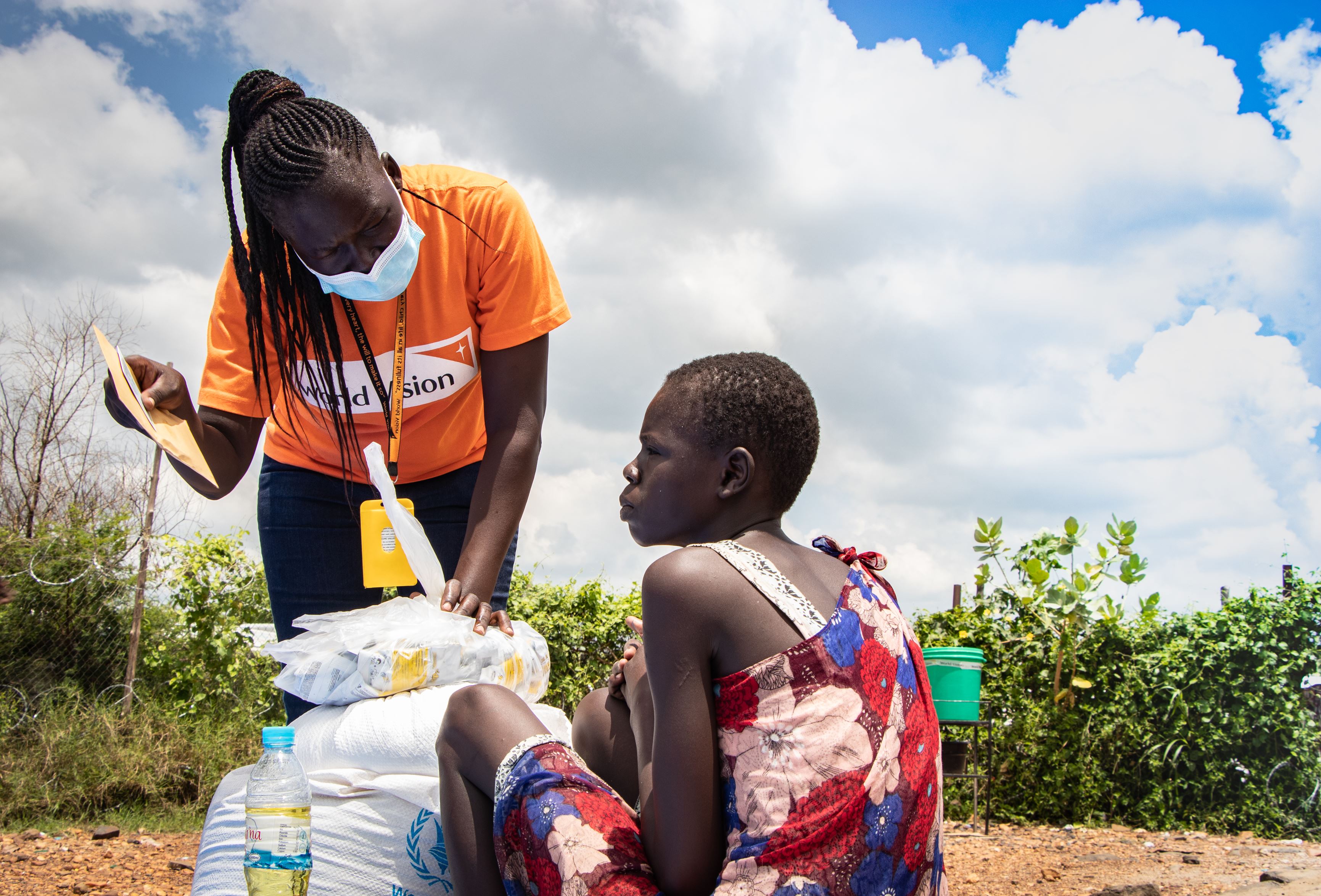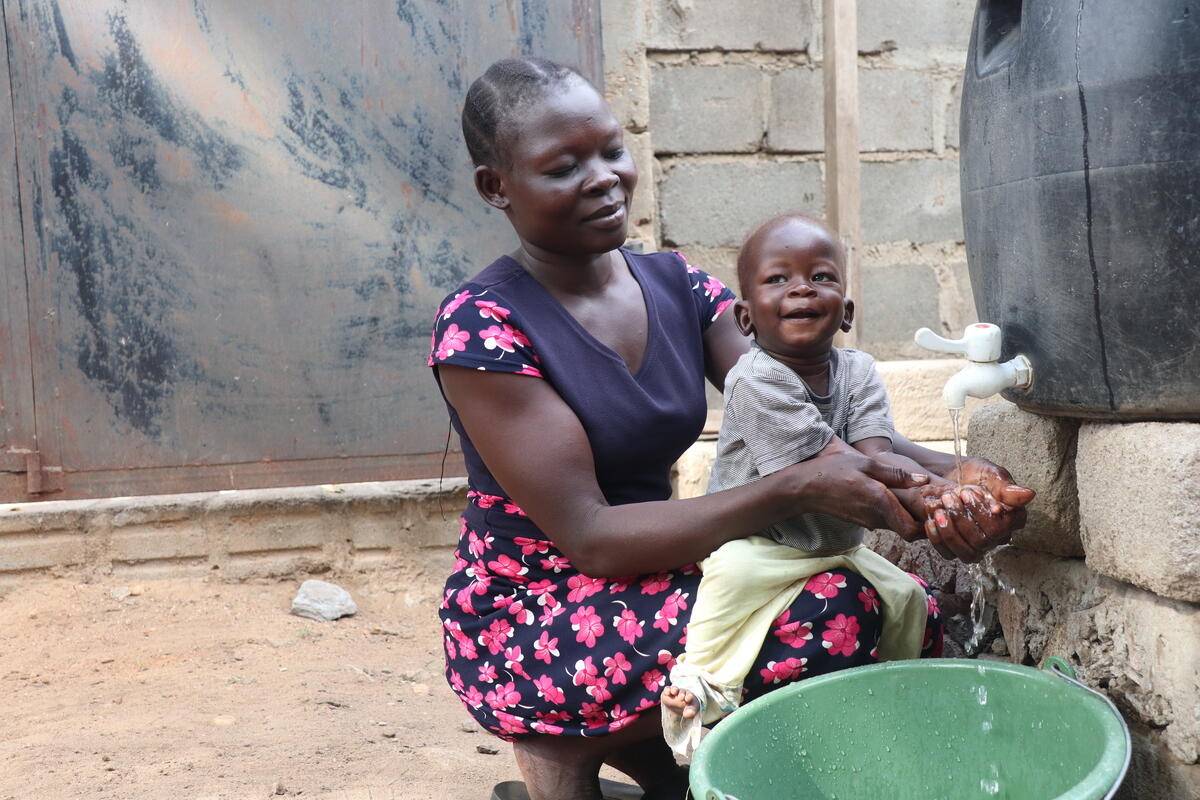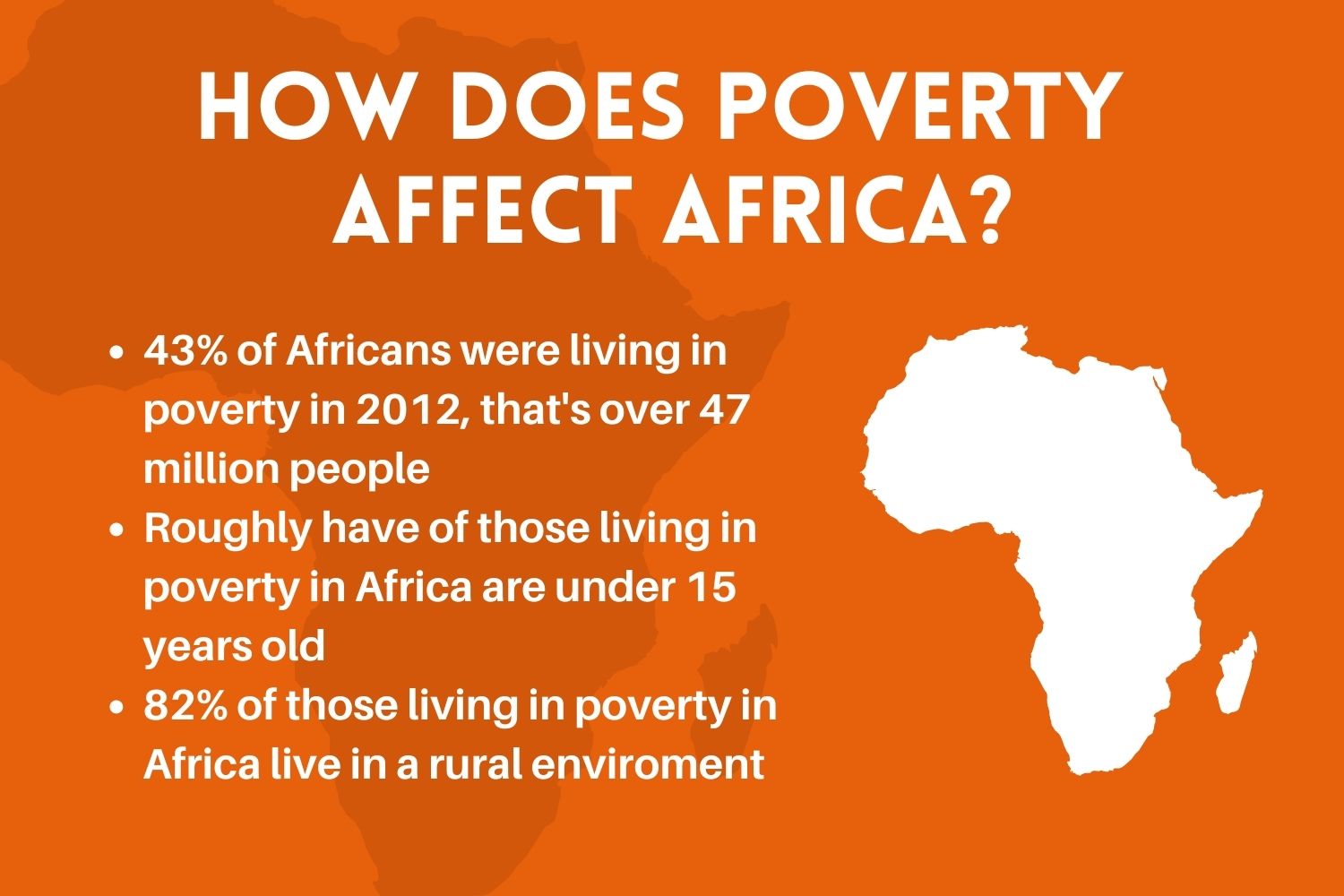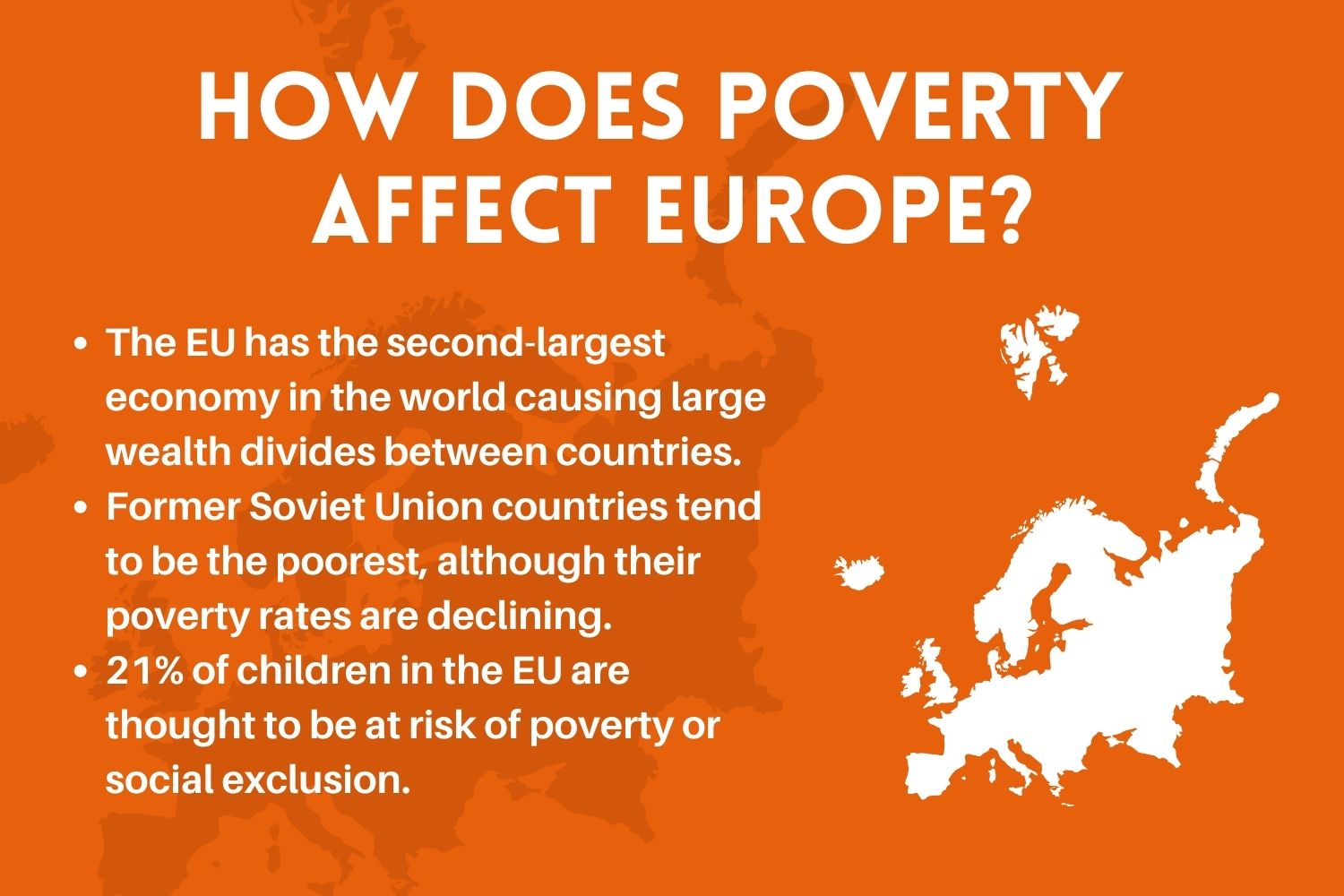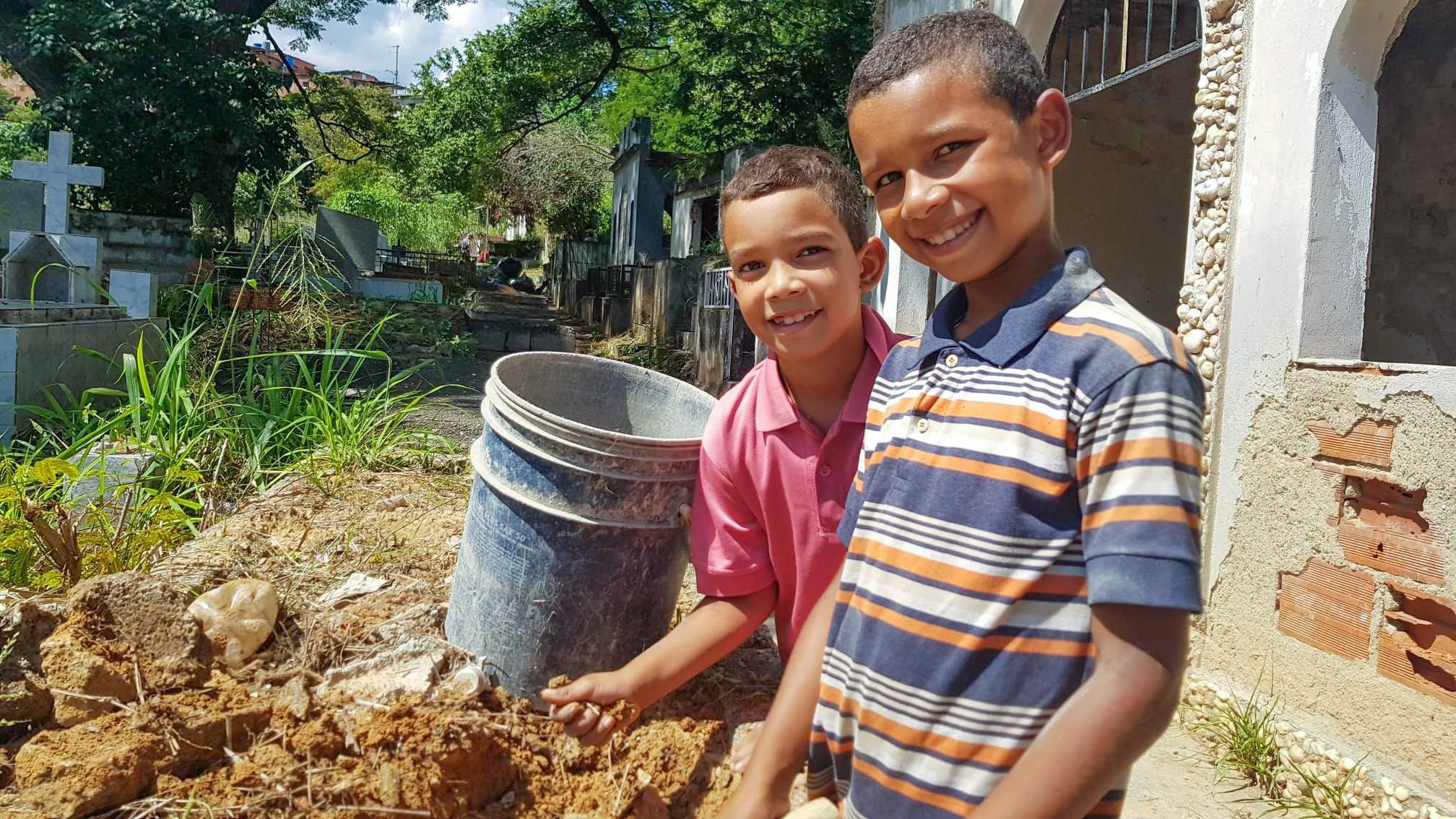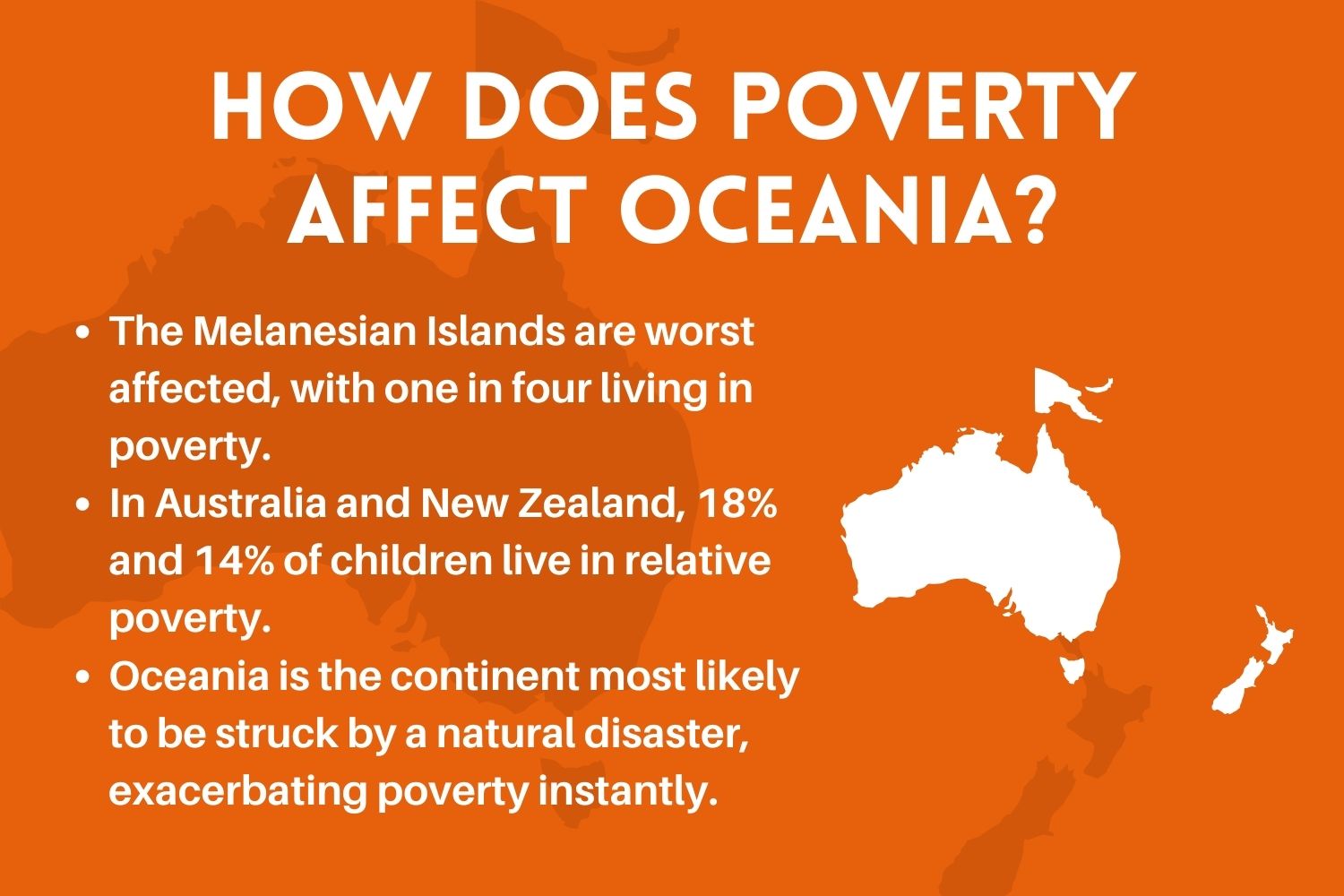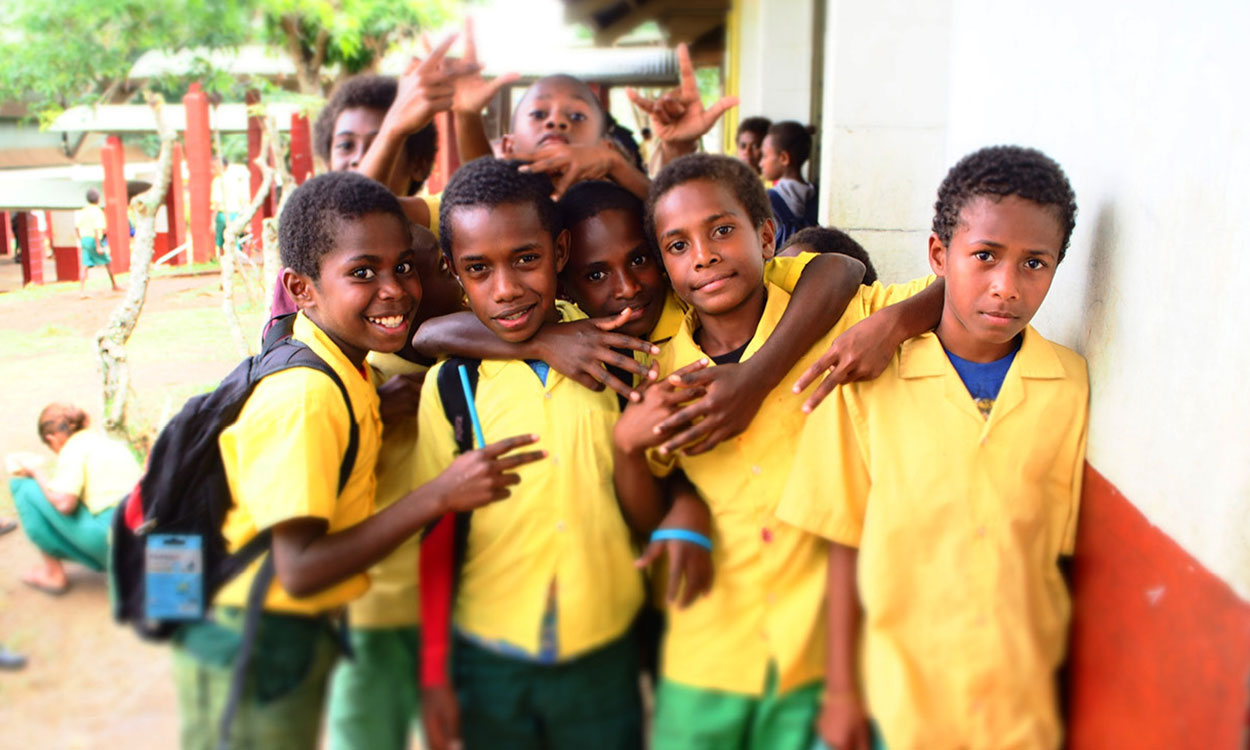
Poverty in Albania: Bukurije's story
"After finishing my hairdressing training, I had to knock on every single door to find a job, but it was not easy at all. I faced stigma and various challenges but I insisted a lot to get here what I am today," - this is how Bukurije, 22 years old from Tirana, begins her story.
Hairdressing has not always been her biggest passion. When she was a little girl, her greatest passion was cooking and she always dreamed of becoming a chef. It was her family that prompted her to start her hairdressing course. Her older sisters encouraged Bukurie to find a job that would give her financial independence.
"Like every Albanian family, we also had our problems too. As a big family, composed of four sisters and one brother, we had financial difficulties. My parents got divorced and my mom had to work hard, whilst my sisters and I had to take care of the house.” says Bukurije.
With the support of her family and great determination, Bukurije successfully completed her 10-month hairdressing training course but the difficulty of finding permanent employment went on for some time. She eventually found a stable job in a new salon with a good boss who encouraged her to dream big.
Bukurije had participated in World Vision meetings in her community since she was ten years old and went on to undertake a range of training courses. World Vision helped Bukurije to secure the equipment and products that she needed to open a beauty salon of her own.
Every day Bukurije meets with young girls and is happy to share her story. She loves supporting girls by giving them the strength to keep dreaming and moving forward, even when they haven't finished their studies.

